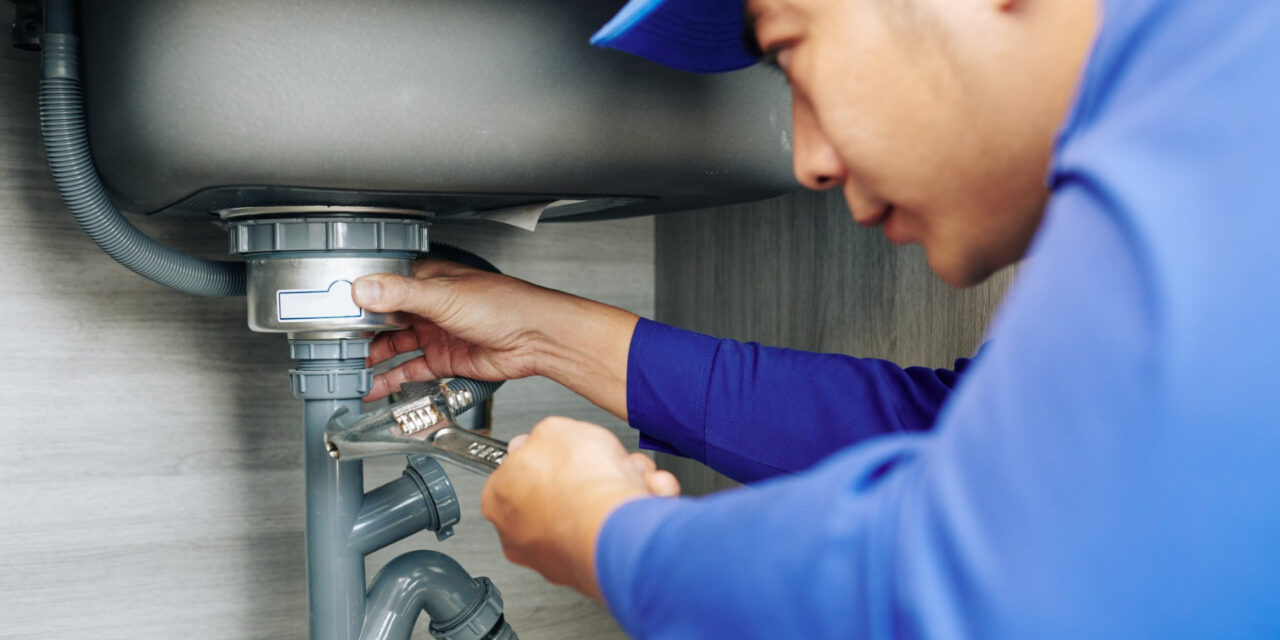On this page below you will find additional quality points with regards to Detecting hidden plumbing leaks.

Early discovery of dripping water lines can reduce a potential disaster. Some little water leaks may not be noticeable.
1. Check Out the Water Meter
Every home has a water meter. Checking it is a surefire manner in which assists you discover leaks. For beginners, switch off all the water resources. Ensure no one will certainly flush, use the faucet, shower, run the cleaning device or dish washer. From there, most likely to the meter as well as watch if it will certainly transform. Since nobody is using it, there must be no motions. If it relocates, that indicates a fast-moving leak. Also, if you detect no changes, wait a hr or 2 and also examine back once again. This implies you might have a slow-moving leak that can also be underground.
2. Examine Water Consumption
Analyze your water bills and also track your water usage. As the one paying it, you should observe if there are any type of inconsistencies. If you identify sudden changes, in spite of your intake being the same, it indicates that you have leaks in your plumbing system. Remember, your water costs should drop under the same range on a monthly basis. An abrupt spike in your costs shows a fast-moving leakage.
A stable rise every month, even with the same practices, reveals you have a slow leak that's likewise gradually escalating. Call a plumber to completely examine your residential property, specifically if you really feel a cozy location on your flooring with piping below.
3. Do a Food Coloring Examination
When it involves water intake, 30% originates from commodes. Examination to see if they are running correctly. Drop specks of food color in the tank and also wait 10 mins. If the color somehow infiltrates your dish throughout that time without flushing, there's a leakage in between the storage tank and bowl.
4. Asses Exterior Lines
Do not fail to remember to check your exterior water lines too. Examination spigots by affixing a garden hose pipe. Should water seep out of the link, you have a loose rubber gasket. Change this as well as make certain all links are limited. It will certainly assist get it skillfully examined and also maintained every year if you've got a sprinkler system. One tiny leak can throw away lots of water as well as surge your water expense.
5. Evaluate and also Examine the Scenario
Home owners must make it a routine to check under the sink counters and also inside cabinets for any kind of bad odor or mold development. These 2 red flags suggest a leakage so timely interest is needed. Doing routine inspections, even bi-annually, can save you from a major issue.
Inspect for stainings and deteriorating as most pipes as well as home appliances have a life expectancy. If you suspect dripping water lines in your plumbing system, don't wait for it to rise.
Early detection of leaking water lines can minimize a potential disaster. Some small water leaks may not be visible. Checking it is a guaranteed method that helps you discover leaks. One tiny leak can waste heaps of water and also increase your water costs.
If you suspect dripping water lines in your plumbing system, don't wait for it to rise.
WARNING SIGNS OF WATER LEAKAGE BEHIND THE WALL
PERSISTENT MUSTY ODORS
As water slowly drips from a leaky pipe inside the wall, flooring and sheetrock stay damp and develop an odor similar to wet cardboard. It generates a musty smell that can help you find hidden leaks.
MOLD IN UNUSUAL AREAS
Mold usually grows in wet areas like kitchens, baths and laundry rooms. If you spot the stuff on walls or baseboards in other rooms of the house, it’s a good indicator of undetected water leaks.
STAINS THAT GROW
When mold thrives around a leaky pipe, it sometimes takes hold on the inside surface of the affected wall. A growing stain on otherwise clean sheetrock is often your sign of a hidden plumbing problem.
PEELING OR BUBBLING WALLPAPER / PAINT
This clue is easy to miss in rooms that don’t get much use. When you see wallpaper separating along seams or paint bubbling or flaking off the wall, blame sheetrock that stays wet because of an undetected leak.
BUCKLED CEILINGS AND STAINED FLOORS
If ceilings or floors in bathrooms, kitchens or laundry areas develop structural problems, don’t rule out constant damp inside the walls. Wet sheetrock can affect adjacent framing, flooring and ceilings.
https://www.servicemasterbyzaba.com/blog/how-to-detect-water-leakage-in-walls/

We had been shown that editorial about Locating water leaks from a friend on our other web blog. Sharing is good. Helping others is fun. I love reading our article about Top leak detection hacks.
Get the best, call!